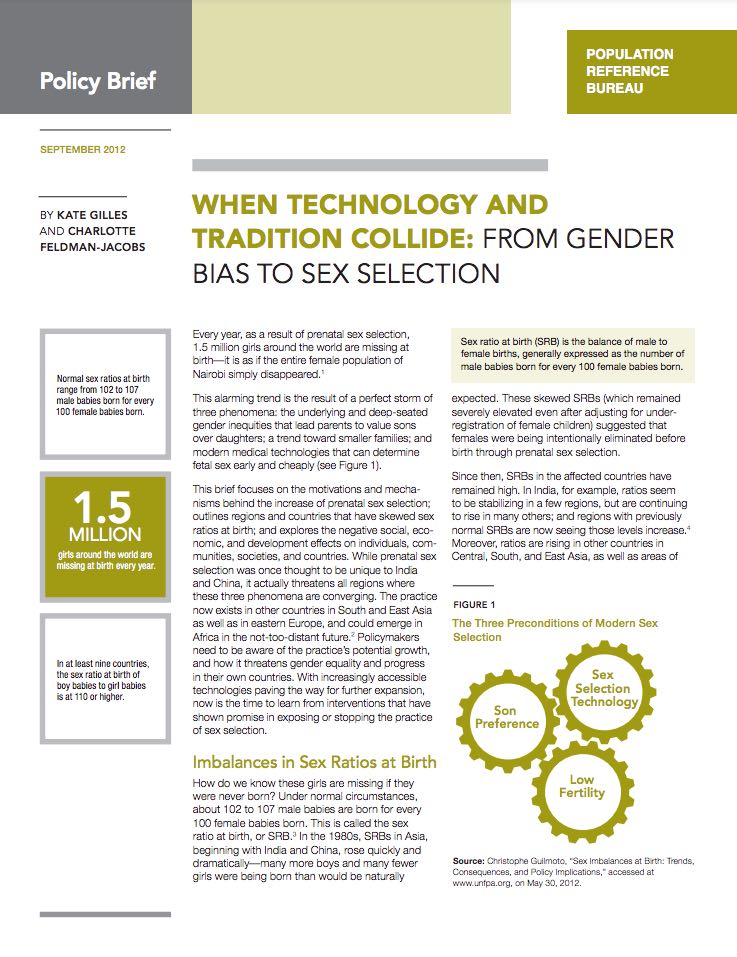598 Search Results Found For : "%EC%B2%AD%EB%8F%84%EC%B6%9C%EC%9E%A5%EB%A7%88%EC%8B%B8%EC%A7%80%EF%BC%BBKaKaotalk:Za31%EF%BC%BD%ED%95%98%EC%9D%B4%EC%9B%90%20%EC%BD%98%EB%8F%84:www.za32.net"

Project: Research Technical Assistance Center (RTAC)
Early Diagnostic Test Promises to Improve Treatment and Control of Cutaneous Leishmaniasis
This presentation outlines the health and development implications of cutaneous leishmaniasis (CL), along with the challenges related to diagnosing and treating this neglected tropical disease.

Policy Brief. When Technology and Tradition Collide: From Gender Bias to Sex Selection
(2012) Every year, as a result of prenatal sex selection, 1.5 million girls around the world are missing at birth—it is as if the entire female population of Nairobi simply disappeared.
Demographic Challenges of the Sahel
This article focuses on the demographics of the 10 countries that make up the Sahel region--Burkina Faso, Chad, Eritrea, The Gambia, Guinea-Bissau, Mali, Mauritania, Niger, Senegal, and Sudan.
Rural Indian Women Face Heightened Cervical Cancer Risks
(2004) On July 23 of this year, Arati Pashi of Calcutta (Kolkata) made the news when she died after profuse bleeding at Calcutta Medical College and Hospital, a premier medical facility in that city. A doctor who was supposed to be on call was absent, and the medical college’s superintendent ordered an inquiry. The investigation revealed that Pashi had been suffering from cervical cancer.
Rural Migrant Remittances May Protect Forests
(February 2012) Sprawling urban areas most obviously demonstrate the environmental impact of migration. Water scarcity, pollution, and lack of adequate housing are some of the more evident impacts of urban population growth.
Au Brésil, les politiques en matière de sida lient étroitement la prévention au traitement
(2005) En début février de cette année, le Brésil s'était, une fois de plus, presque arrêté de fonctionner à l'occasion de la célébration annuelle du carnaval. Pendant les quatre jours de réjouissances, des bénévoles associés à plus de 1 800 organisations non-gouvernementales (ONG) ont distribué plus de 11 millions de préservatifs, financés par le Ministère de la santé brésilien, en plus des 20 millions qui sont normalement distribués chaque mois.


